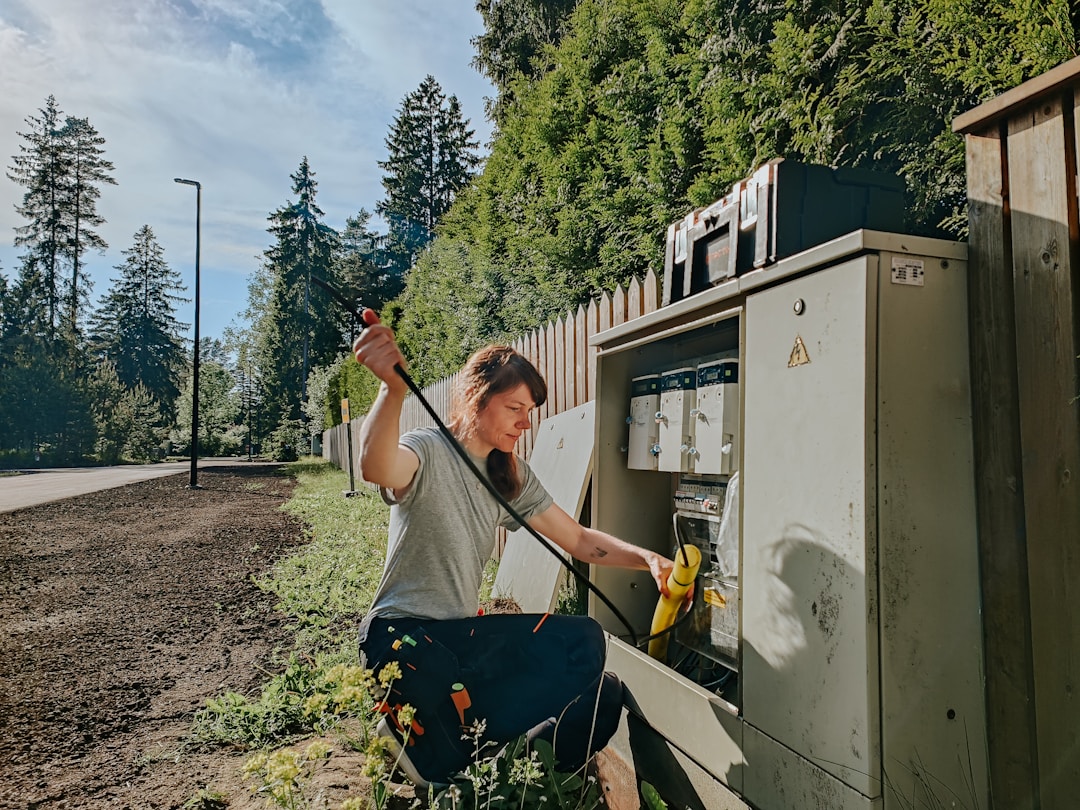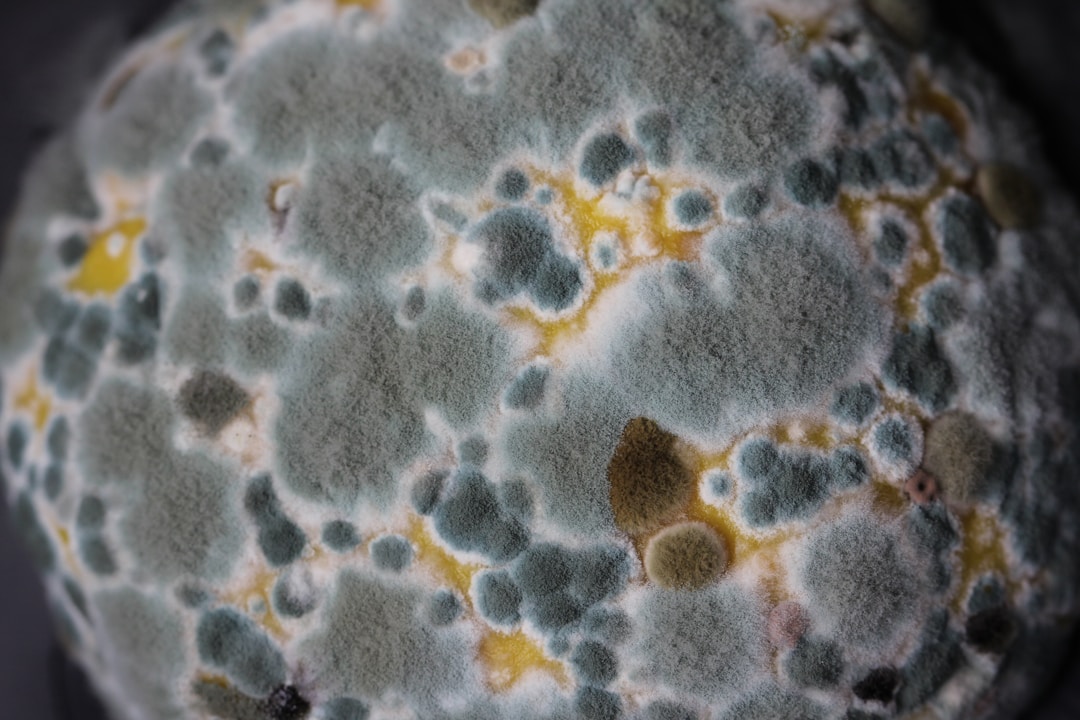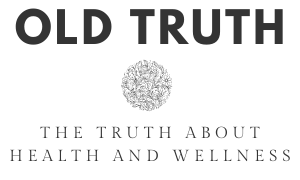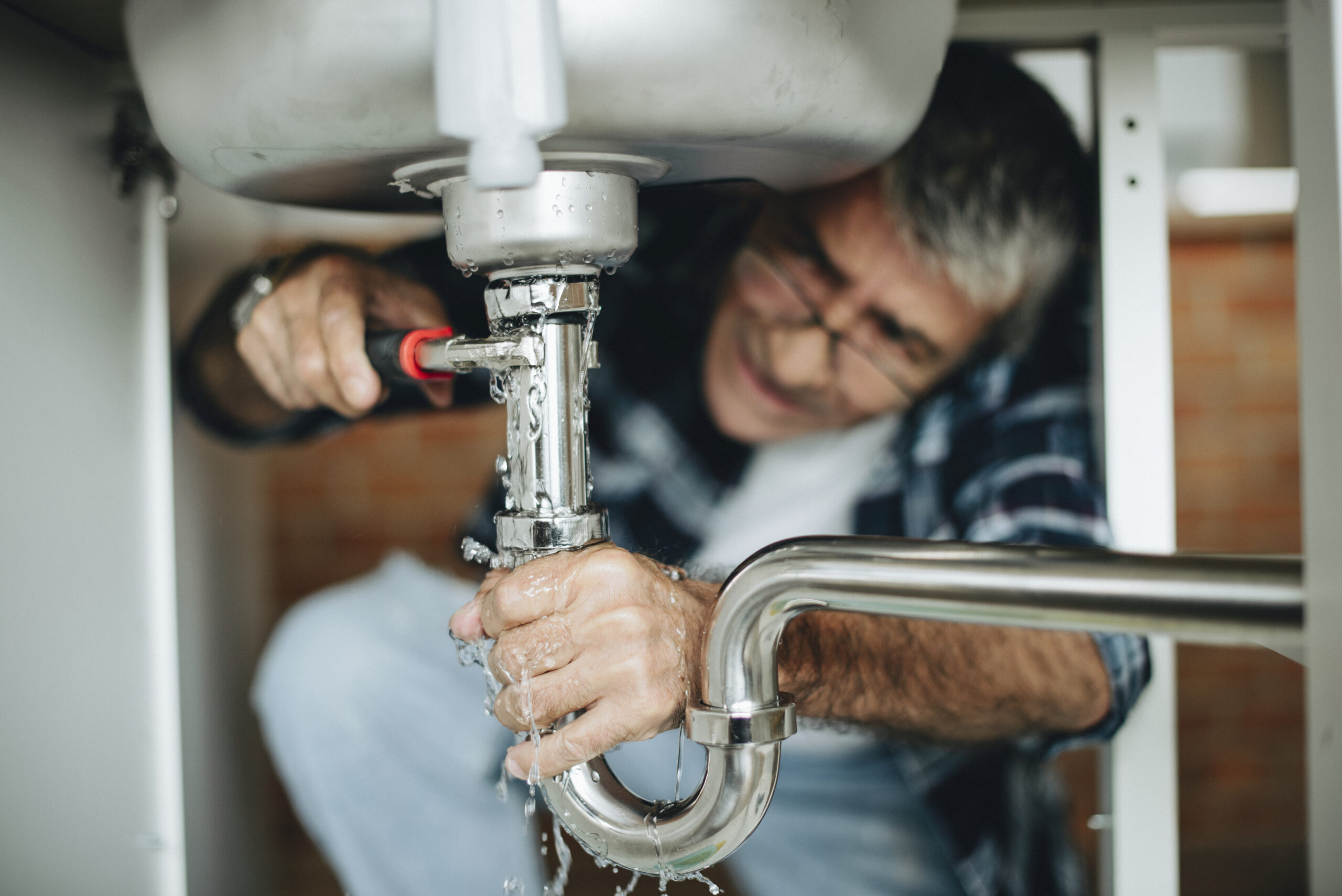Homeownership, a significant milestone in life, comes with its own set of challenges. Among these challenges are the unpredictable home maintenance emergencies that can pop up when least expected. While there’s no way to be prepared for every potential crisis, having a foundational understanding of common emergencies can help homeowners act swiftly, reduce the extent of the damage, and potentially save on repair costs. This article delves into some of these unexpected challenges and offers insights on how to manage them effectively.
Plumbing and Water Damage Emergencies
One of the most frequent issues homeowners face revolves around plumbing problems. From a simple faucet leak to a major pipeline burst, water-related mishaps can wreak havoc in no time.
- Burst Pipes: Typically occurring in winter months when the water inside the pipes freezes and expands, a burst pipe can quickly flood a home, causing significant damage. Immediate action is crucial, beginning with shutting off the main water supply. Afterward, consulting a professional plumber is essential. For underground pipe issues, the recent advent of trenchless pipe replacement techniques can resolve the issue without the need to dig up the entire yard.
- Water Heater Leaks: This can cause water damage and even lead to a full replacement of the heater if not addressed in time. Regularly inspecting your water heater for signs of rust or leakage can help in early detection.
- Sewer Backups: Often a result of blockages, tree roots, or aged sewer systems, a sewer backup can introduce harmful pathogens into your home. It’s important to avoid using the plumbing system and seek professional help immediately.
Electrical Emergencies

Electricity is an indispensable part of our lives, but it’s also a potent source of hazards when things go wrong.
- Short Circuits: Caused by a breach in the wire’s insulation, which allows two wires to touch, a short circuit can lead to sparks, smoke, or even a fire. If you suspect a short circuit, immediately turn off the affected circuit breaker and call an electrician.
- Power Outages: While some outages are due to external factors like storms or grid failures, others might be a result of issues within the home. Always have a flashlight on hand, and if the outage isn’t affecting neighboring homes, check your circuit breakers. If you can’t identify the cause, it’s best to consult a professional.
Natural Disasters and External Threats
While not strictly a maintenance issue, homeowners should be prepared for emergencies caused by external factors.
- Storms and Floods: Homes in areas prone to heavy rainfall or hurricanes should have adequate drainage systems. It’s also essential to ensure the roof and windows are in good condition to prevent leaks and water intrusion.
- Termites and Pests: A silent threat, termites can compromise the structural integrity of your home over time. Regular inspections and treatments are necessary, especially in areas known for termite activity.
- Fire: Whether due to a kitchen mishap, an electrical fault, or external factors, a fire can spread rapidly. Ensure smoke alarms are functional and have a fire extinguisher accessible. Most importantly, if a fire breaks out, prioritize safety over possessions.
Roof and Structural Emergencies
The roof is a home’s primary defense against external elements. When it’s compromised, the effects can be devastating.
- Roof Leaks: A leak can damage the interior of the home, promote mold growth, and even compromise structural integrity if left unchecked. Regular inspections, especially after storms, can help detect potential problems.
- Foundation Cracks: The very foundation of your home is crucial to its stability. Cracks can be a sign of shifting soil or water damage. If you notice any significant cracks, it’s important to consult an expert immediately.
HVAC System Breakdowns
The Heating, Ventilation, and Air Conditioning (HVAC) system is the heart of a home’s comfort. A malfunction here can lead to unbearable temperatures, particularly during peak summer or winter months.
- Furnace Failures: When a furnace stops working in the midst of winter, it’s not just about comfort but also about safety. Many furnace issues result from clogged filters, pilot light problems, or thermostat malfunctions. Always ensure regular maintenance checks to preempt these problems.
- Air Conditioner Breakdowns: Summers can become a nightmare when the AC unit goes kaput. A malfunctioning condenser or low refrigerant levels are often culprits. Maintaining clean filters and ensuring the outdoor unit isn’t obstructed can reduce breakdown risks.
- Ventilation Issues: Proper airflow ensures healthy indoor air quality. Blocked vents or ducts can lead to a buildup of indoor pollutants. Cleaning and inspecting your ducts periodically can ensure better indoor air quality and efficient functioning of the HVAC system.
Appliance Malfunctions
Home appliances, though sturdy, aren’t immune to breakdowns. And some malfunctions can be downright dangerous.
- Gas Leaks: If you ever smell gas in your home, it’s crucial to act swiftly. Turn off the gas, avoid creating any sparks, open windows for ventilation, and immediately call for professional assistance.
- Washing Machine Overflows: A faulty inlet valve or a clogged drain can turn laundry day into a flood event. Check hoses regularly for wear and tear, and replace them if necessary.
- Refrigerator Issues: Refrigerators that aren’t cooling effectively can be a result of various issues, from faulty thermostats to leaking refrigerant. Not only can this lead to spoiled food but also increased electricity bills.
Landscaping and Exterior Concerns
The exterior of your home and its surrounding landscape can present unexpected emergencies that impact the home’s safety and aesthetics.
- Falling Trees or Limbs: Particularly during or after storms, trees can become hazards. Regularly inspect trees on your property for signs of disease or damage. Pruning or even removing potentially dangerous trees can prevent damage to your home or injury to its inhabitants.
- Driveway and Walkway Damage: Cracks and upheavals in driveways or walkways can become tripping hazards. They can also lead to water seepage, further compromising their structure. Regular sealing and inspection can keep these pathways safe and functional.
- Fencing Failures: A fallen or damaged fence can compromise the security of your property. Checking fence posts and panels, especially after adverse weather, can preempt more significant issues.
Mold and Mildew Growth

Damp environments within homes can become breeding grounds for mold and mildew, which not only damage the structure but can also pose health risks.
- Basement Dampness: Basements, being below ground level, are prone to dampness. Installing sump pumps and maintaining proper drainage can prevent water accumulation.
- Attic Mold: Poor ventilation in attics can lead to mold growth in the home. Regular inspections and ensuring adequate airflow can help keep attic spaces dry and mold-free.
- Bathroom and Kitchen Mildew: These areas, being regularly exposed to moisture, can often harbor mildew. Proper ventilation, regular cleaning, and the use of moisture-resistant paints can help combat this problem.
Lock and Security System Failures
A home’s security is paramount. Any compromise here can put both inhabitants and valuables at risk.
- Malfunctioning Locks: Over time, door locks can wear out or malfunction, making it difficult to either access your home or secure it. Periodic checks and timely replacements can ensure security isn’t compromised.
- Security System Glitches: False alarms or a complete system breakdown can be more than just an inconvenience. Regular maintenance checks and software updates, where applicable, can ensure your security system remains functional.
Conclusion: The Importance of Proactive Maintenance
While emergencies are, by nature, unpredictable, homeowners can often mitigate the extent of damage or even prevent some crises with proactive maintenance. Regular inspections, timely repairs, and awareness can go a long way in keeping your home safe and in top shape. Remember, the home is more than just a shelter; it’s a space filled with memories, experiences, and dreams. Protecting it is not just about brick and mortar but about safeguarding the essence of what makes it truly yours.

